Alpine Siding Contractor | St Petersburg | Tampa | Sarasota | Bradenton
- Home
- Condo-Restoration
CONDO REMEDIATION PROJECTS
Florida State Condominium Contractor
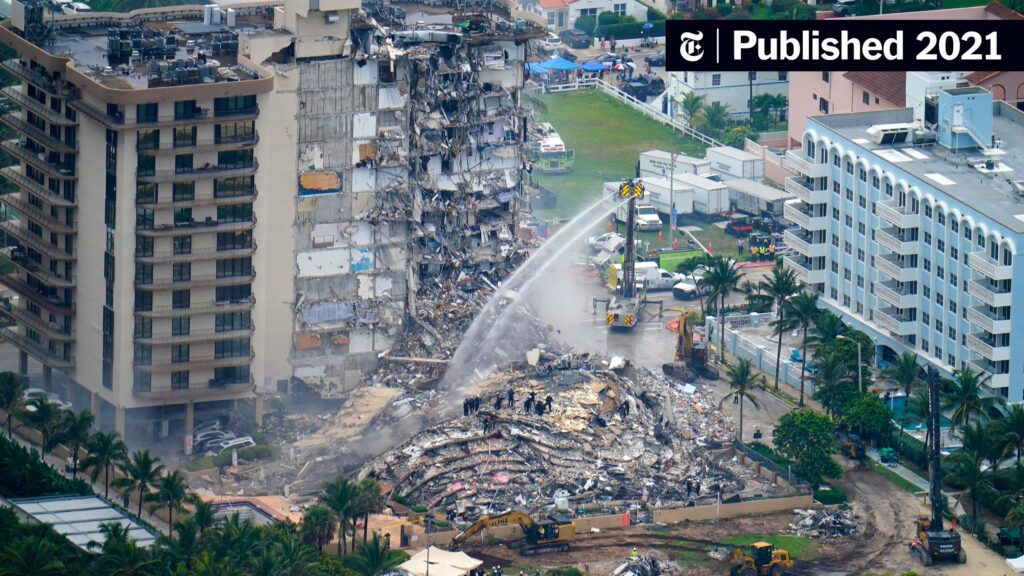
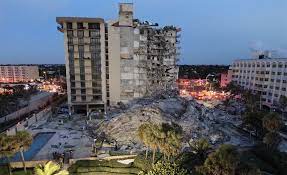
Attention Condo Owners!
We would like to bring your attention to the recent building safety legislation that has been passed for condominiums and cooperatives in response to the Champlain Tower tragedy. These new laws emphasize mandatory structural inspections and reserves for buildings three stories or taller. We believe it is essential for you to understand the importance of these measures and the impact they will have on the safety and well-being of your condominium.
First and foremost, the legislation requires all existing condominiums and cooperatives to provide important information about their buildings to the Department of Business and Professional Regulation by January 1, 2023. This information includes the number of buildings and units, their locations, and addresses. By collecting this data, authorities can better understand the state of our condominiums and implement appropriate safety measures.
One of the most crucial aspects of the legislation is the requirement for milestone inspections. Licensed architects or engineers will assess the structural integrity and safety of buildings through a thorough examination. These inspections will identify any potential risks, ensuring that necessary maintenance, repairs, or replacements are carried out promptly. By conducting these inspections, we can proactively address any concerns and prevent potential hazards.
The legislation also emphasizes the importance of the Structural Integrity Reserves Study (SIRS). This study evaluates various components of the building, such as the roof, load-bearing walls, plumbing, electrical systems, and more. By understanding the estimated remaining useful life, replacement costs, and necessary reserve amounts for each component, we can adequately plan and allocate resources to ensure the long-term integrity and safety of our condominium.
It is crucial to note that these measures are not only for the protection of the building but also for the well-being of all residents. The inspections and reserves will provide peace of mind, knowing that our ho
Alpine Can help you with these structural compliance issues!
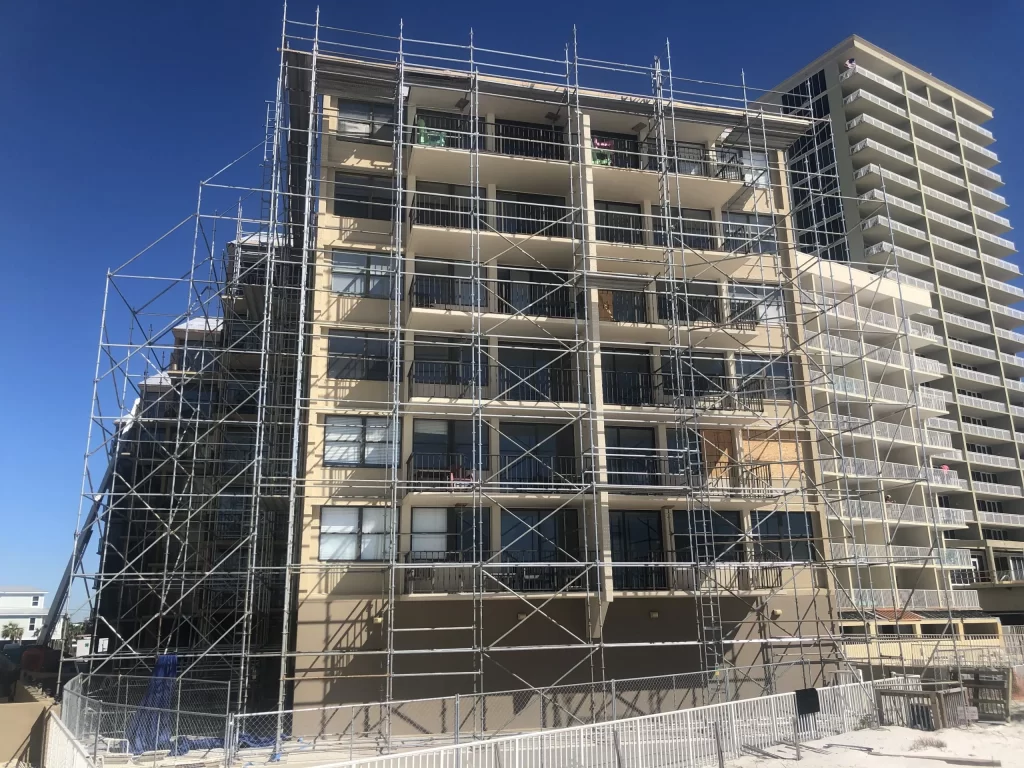
Condo Structural Restoration
Structural restoration refers to the process of repairing or strengthening the structural components of a building to ensure its stability, safety, and longevity. It is an essential part of building maintenance and is often undertaken in response to structural damage, deterioration, or as a proactive measure to prevent potential issues.
The construction of structural restoration typically involves several key steps, which may vary depending on the specific needs of the building. Here is a general overview of the process:
Inspection and Assessment: The first step is to conduct a thorough inspection of the building’s structural components. This assessment is usually performed by qualified engineers or architects who specialize in structural analysis. They examine the existing conditions, identify any damage or deterioration, and determine the extent of repairs or reinforcements required.
Design and Planning: Based on the findings of the inspection, a detailed design and plan for the restoration project are developed. This includes specifying the materials, techniques, and methodologies to be used for the repairs or reinforcements. The design should comply with relevant building codes and regulations.
Permits and Approvals: Before commencing the restoration work, it is necessary to obtain any required permits or approvals from local authorities. This ensures compliance with building regulations and ensures that the project meets safety standards.
Preparation and Demolition (if necessary): If the damaged or deteriorated components need to be removed, a careful demolition process is carried out. This may involve removing weakened or compromised elements while ensuring the structural integrity of the surrounding areas.
Repair and Reconstruction: Once the preparation stage is complete, the actual restoration work begins. This can involve various techniques such as concrete repair, steel reinforcement, masonry work, waterproofing, and corrosion protection. The damaged or weakened structural elements are repaired,
Quality Control and Testing: Throughout the construction process, quality control measures are implemented to ensure that the repairs or reinforcements are carried out to the required standards. This may involve regular inspections, material testing, and structural load testing to verify the integrity and effectiveness of the restoration work.
Finishing and Finale: Once the structural repairs or reinforcements are complete, any necessary finishing touches are applied. This may include applying protective coatings, installing finishes, and restoring the building’s aesthetics as needed. Finally, a final inspection is conducted to ensure that the restoration work meets all requirements and the building is safe for occupancy.
It is important to note that the construction of structural restoration should be undertaken by qualified professionals with expertise in structural engineering, architecture, and construction. They should follow industry best practices, adhere to safety protocols, and comply with relevant building codes and regulations to ensure the success of the restoration project.
Overall, the construction of structural restoration involves a comprehensive process of assessment, planning, repair, and quality control. By undertaking these steps diligently, the building’s structural integrity can be restored, ensuring the safety and longevity of the structure.
Condominium Remediation’s
A huge part of condo remediation work is not the price but the qualifications. I know customers are sensitive to price and we are not discounting that. But in order to do condominium work a company has to have the proper qualifications to do so.- The most important part of doing condominium work is knowing the building envelope process.
- Condo work is the highest risk in terms of liability. It is important a company is certified and has the experience to do the proper installation of all WRB, rainscreen, flashings, and siding.
- Have the proper liability insurance – most local companies will not have the insurance to perform town home or condominium work. These coverage’s are expensive and most companies do not pay for them. Please be aware of this when hiring a company
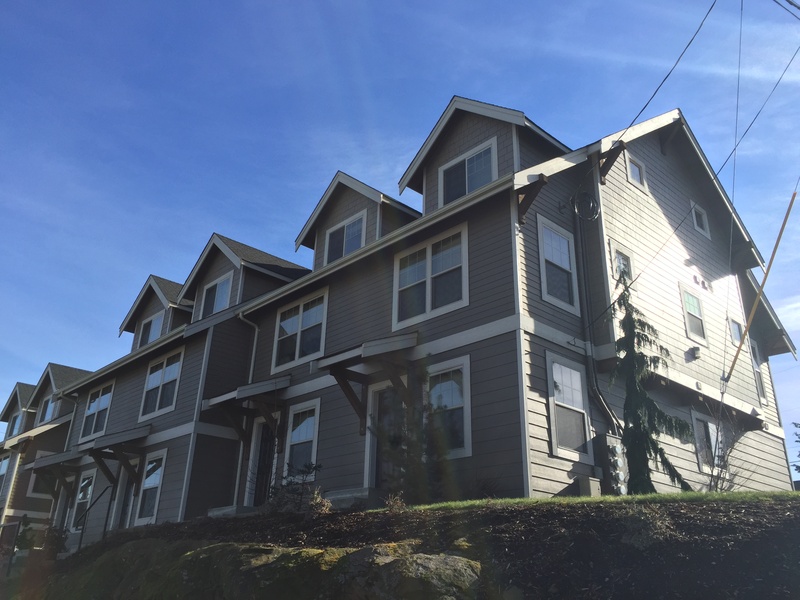

Rot Repair
Rot can be an unexpected variable of every condo project. We try to make this process as affordable as possible. Most condo owners fear this process, but we do not try to make money on this service. We provide rot repair as a courtesy to our business – because our guys are so skilled and quick – this process is usually very affordable.
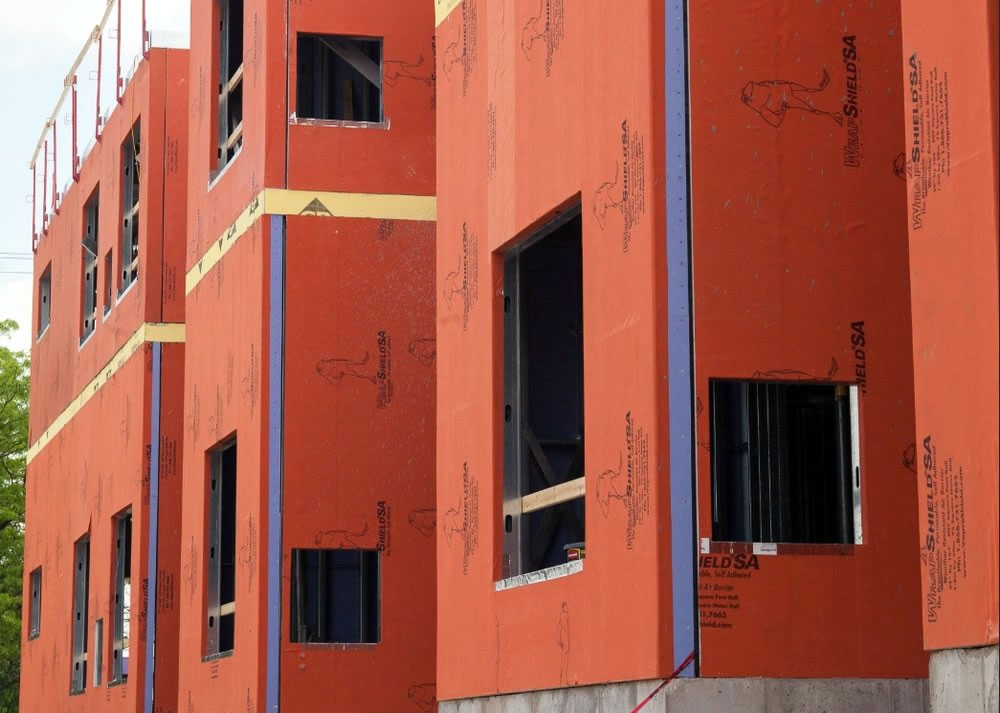
Water Resistant Board (WRB Application)
When doing a condominium project, the most important part is the water proofing process (WRB). The siding and caulking is just cladding and will not protect the building as well as the water proofing will.
The most common WRB system that is used in the business is Tyvek by DuPont. We also use Fortifiber and Vapro shield.
Vapro shield even has a product called Wrap shield RS that has a rainscreen integrated into it. Meaning, you do not have to do the rainscreen furring strips. Most of the vaproshield products are a peel and stick so it eliminates the piercing of staples through the membrane.
Pinellas County | Sarasota County | Hillsborough County | Manatee County

© Copyright 2003-2024 Alpine Siding Contractors

